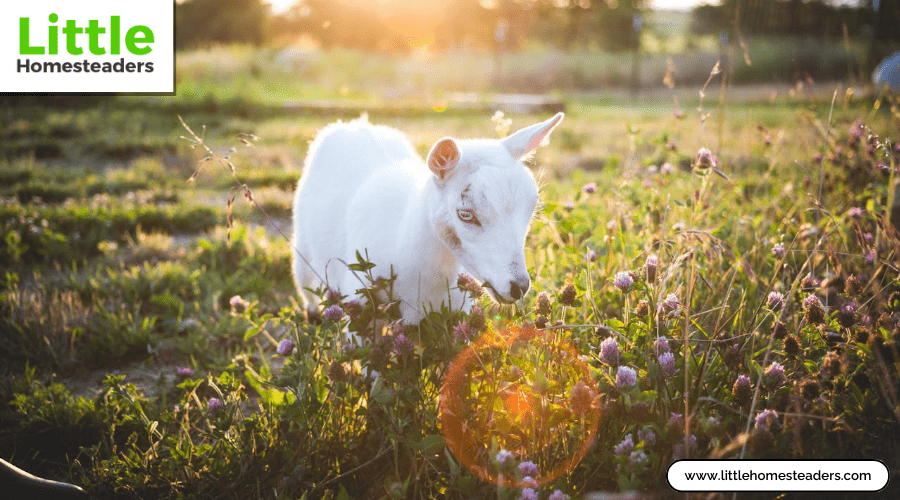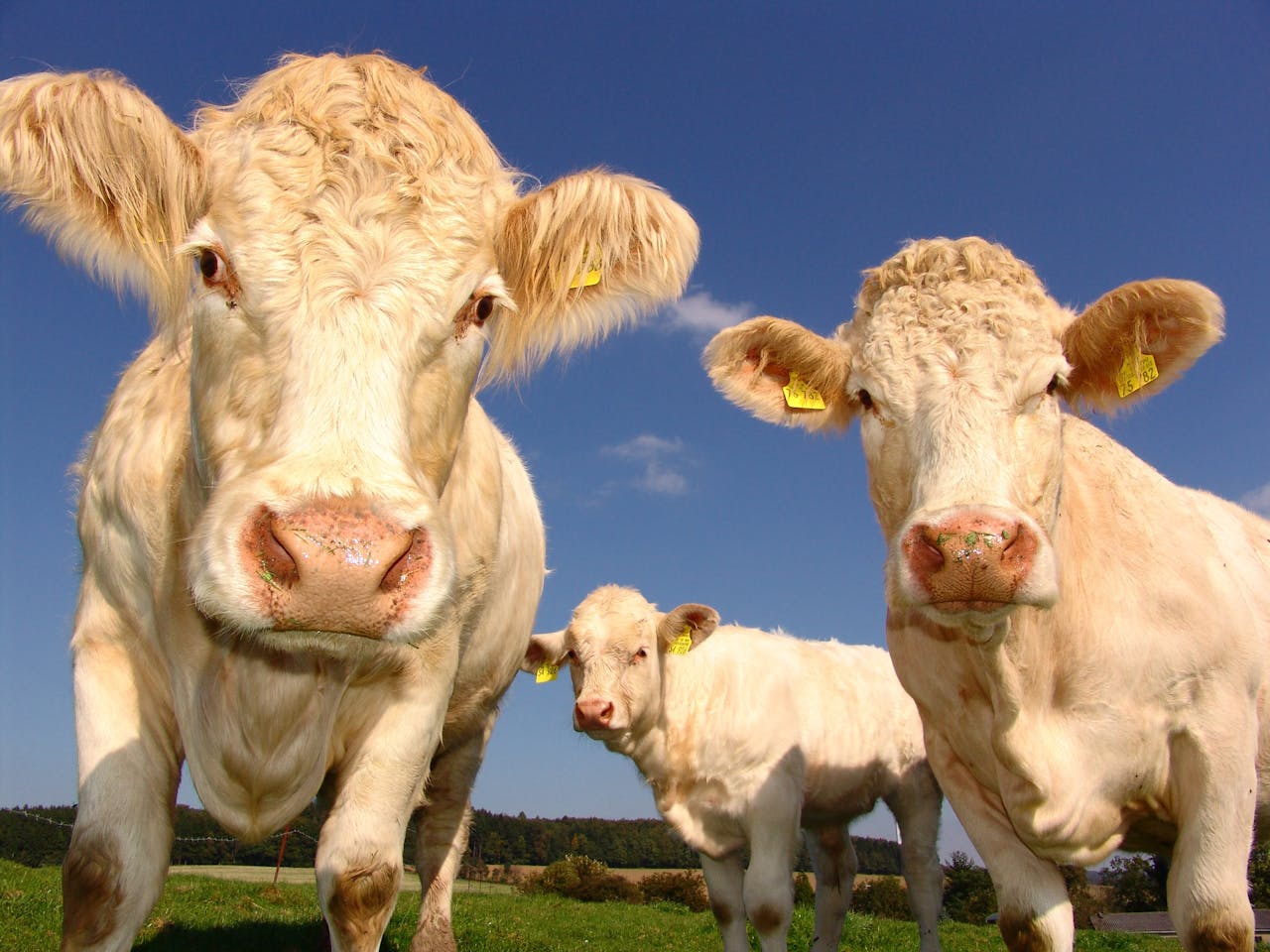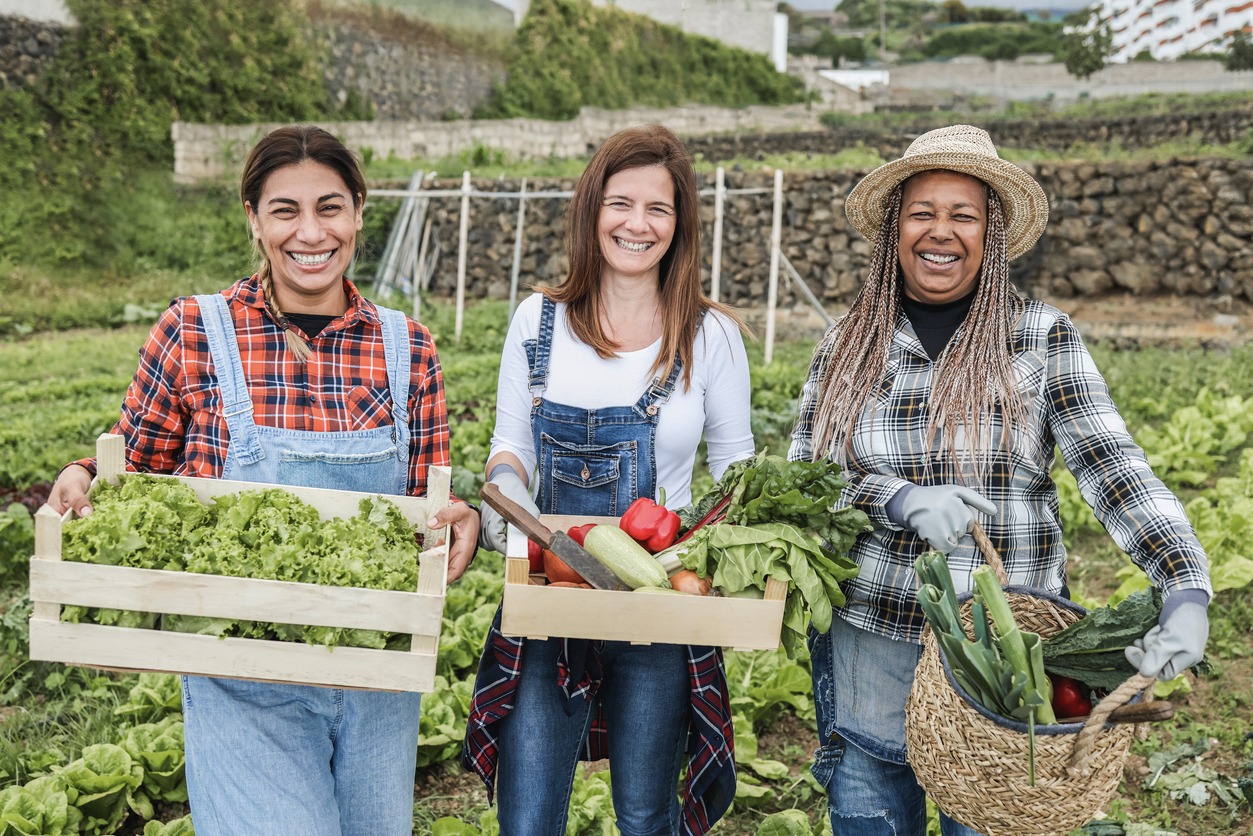Raising Rabbits for Meat: What You Need to Know
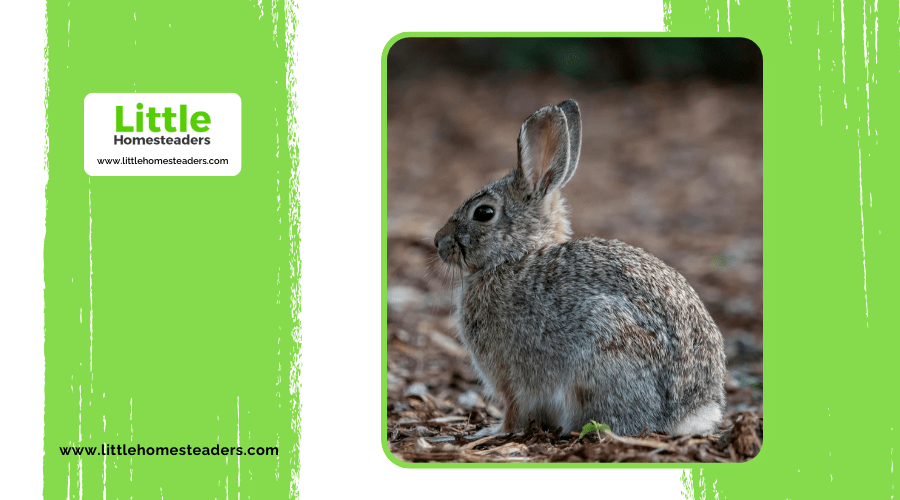
As the demand for sustainable and self-sufficient living grows, many are exploring alternative ways to produce protein. Raising rabbits for meat has emerged as an excellent option for homesteaders and small-scale farmers alike. These quiet, efficient animals offer numerous benefits, from quick reproduction cycles to high-quality meat, making them an attractive choice for those seeking a manageable and rewarding venture.
Whether you’re just starting out or looking to optimize your rabbit farming efforts, this guide will walk you through the essentials of raising rabbits for meat.
Benefits of Raising Meat Rabbits
Rabbits are an underrated but highly efficient livestock option for meat production. Here’s why they’re becoming increasingly popular:
- Superior Feed Conversion Ratio: Rabbits convert feed to meat more efficiently than most livestock, requiring significantly less food to produce a pound of meat. Compared to larger animals like cattle, which need vast amounts of pasture or grain, rabbits thrive on smaller quantities of hay, pellets, and fresh greens. This makes them an eco-friendly choice that can fit into almost any budget or lifestyle.
- Rapid Growth Cycle: Rabbits grow quickly, reaching butcher weight in just 8–12 weeks. This rapid development means you can harvest multiple litters each year, ensuring a steady supply of meat. Unlike slower-growing livestock such as goats or pigs, rabbits offer the advantage of quick turnaround times, making them ideal for those who want immediate results.
- Low Maintenance: Rabbits are relatively easy to care for and require minimal space. They don’t need large pastures or expensive infrastructure, and their quiet nature makes them suitable even for urban or suburban settings. Daily tasks such as feeding, watering, and cleaning can be completed in minutes, allowing even the busiest individuals to manage their care effectively.
- Nutritional Value: Rabbit meat is one of the healthiest meats available. It’s lean, high in protein, and low in fat and cholesterol. This makes it an excellent choice for those looking to maintain a healthy diet or manage conditions like heart disease. The mild flavor of rabbit meat also makes it versatile, pairing well with a variety of spices and cooking methods.
- Garden Fertilizer: Rabbit manure is a fantastic by-product of raising rabbits. Unlike many other manures, it doesn’t need to be composted before use. It’s rich in nitrogen and phosphorus, making it a powerful natural fertilizer for your garden. By using rabbit manure, you can grow healthier plants while reducing waste—a win-win for any homesteader.
These benefits make rabbits a practical choice for both small urban backyards and larger rural homesteads.
Understanding Challenges and Solutions
Like any farming venture, raising rabbits for meat comes with its challenges. However, with proper preparation and management, these obstacles can be overcome:
- Disease and Illness: Rabbits are generally hardy animals, but they can be susceptible to respiratory infections and digestive issues if their environment isn’t clean. Regularly sanitize cages, food containers, and water dispensers to reduce the risk of disease. Additionally, check your rabbits daily for signs of illness, such as changes in appetite, runny noses, or unusual droppings. Prompt action can prevent minor issues from escalating.
- Predator Protection: Rabbits are prey animals, and predators like raccoons, snakes, and even domestic dogs can pose a threat. Invest in sturdy cages with secure locks and place them in a protected area. For outdoor setups, consider using wire mesh with small openings to keep predators out. Elevating hutches can also add an extra layer of security.
- Emotional Barriers: For those new to raising livestock, shifting your mindset from seeing rabbits as pets to viewing them as a sustainable food source can be difficult. Remind yourself of the purpose behind your efforts: providing healthy, ethical, and sustainable meat for your family. Understanding the lifecycle of your animals and showing gratitude for their contribution can help ease this transition.
Choosing the Right Rabbit Breed
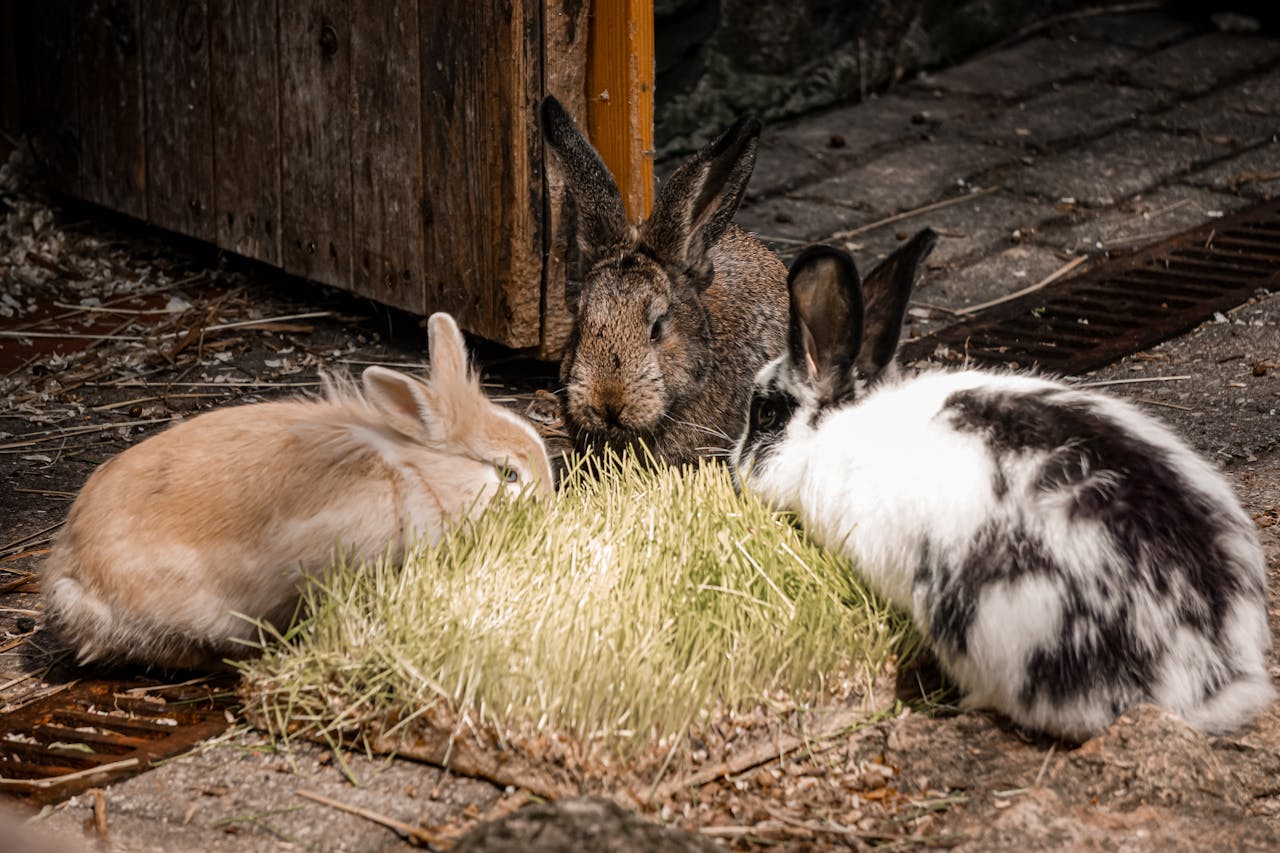
Not all rabbits are created equal when it comes to meat production. Choosing the right breed is crucial for success.
- New Zealand and Californian rabbits are the most popular breeds for meat production, thanks to their rapid growth, excellent meat quality, and docile temperament. These breeds have been selectively bred for decades to optimize meat yield and adaptability.
- Silver Fox is another excellent choice, known for its dual-purpose qualities. In addition to producing quality meat, Silver Fox rabbits have beautiful pelts, offering an additional income stream or crafting opportunity.
- Look for breeds weighing 9–11 pounds when fully grown. This size range offers efficient meat production without being overly large or difficult to manage. Larger breeds may require more feed, while smaller breeds don’t yield as much meat, making mid-sized rabbits the ideal choice.
When selecting rabbits, it’s also important to consider your local climate. Some breeds are better suited to cold weather, while others adapt well to heat. Choosing a breed that thrives in your region will ensure healthier animals and better results.
Housing and Environmental Management
Proper housing is critical for keeping your rabbits healthy and productive. Here are the key considerations:
- Space Requirements: Each rabbit needs at least 6 square feet of space. For larger breeds or breeding does, consider providing slightly more room to ensure their comfort. Overcrowding can lead to stress and illness, so prioritize giving each rabbit ample space.
- Materials: Use 1/2x1-inch hardware cloth for the cage floor to allow waste to fall through and 1x2-inch hardware cloth for the sides to ensure proper ventilation. Avoid wooden floors, as they absorb moisture and can harbor bacteria.
- Waste Management: Position cages over trays or collection systems to capture manure and urine. Adding carbon-rich materials like straw or sawdust can help control odor while making waste easier to handle.
- Seasonal Adjustments: In warm climates, provide shade and ventilation to prevent heat stress. Installing fans or frozen water bottles in cages can help keep rabbits cool. In colder months, ensure the housing is insulated and protected from drafts by adding windbreaks or extra bedding.
With a well-planned setup, maintaining a clean, comfortable environment for your rabbits becomes simple and efficient.
Feeding Your Rabbits
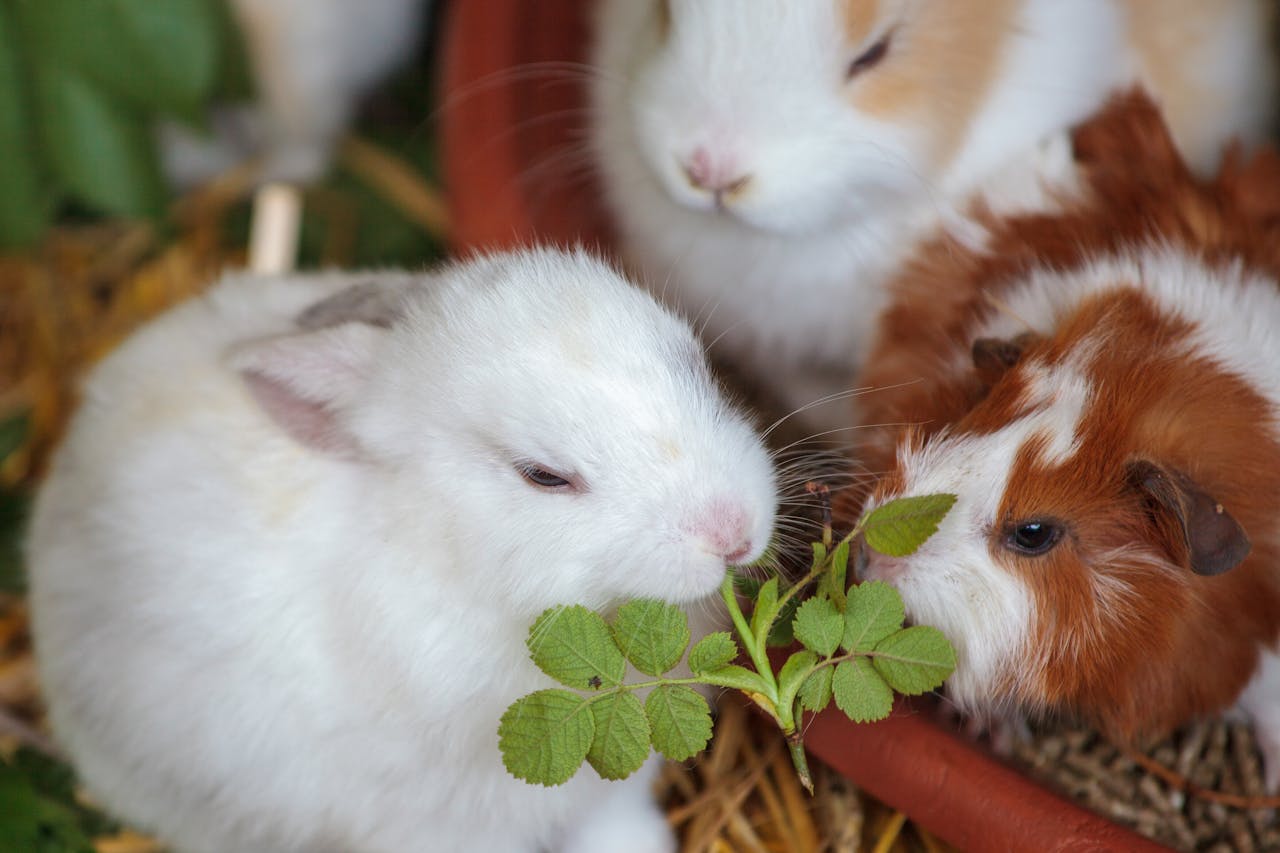
A well-balanced diet is essential for raising healthy meat rabbits. Here’s what you need to know about feeding:
- Grass Hay: Hay like timothy or orchard grass should make up the bulk of their diet. Not only does it support healthy digestion, but it also helps keep their teeth naturally trimmed, preventing overgrowth.
- Pellets: High-quality rabbit pellets provide concentrated nutrients that support growth. Look for pellets that list alfalfa or grass as the primary ingredient, and avoid those with added fillers or artificial colors.
- Fresh Vegetables: Add variety with safe vegetables like kale, carrot tops, and parsley. Fresh greens are an excellent source of vitamins and minerals but should be introduced gradually to avoid digestive upset.
- Water: Clean, fresh water must always be available. Rabbits drink more than you might expect, especially during warm weather, so check and refill their water containers daily.
Feeding your rabbits consistently and in appropriate amounts will help them grow efficiently and stay healthy.
Breeding and Reproduction
Rabbits are prolific breeders, which is one of the reasons they’re ideal for meat production.
- Maturity: Rabbits reach breeding age at 4–6 months. A trio consisting of one buck and two does is a good starting point for beginners.
- Gestation: The gestation period is short, only 28–31 days, allowing for multiple litters per year. Each litter typically contains 6–10 kits, though larger litters are possible with certain breeds.
- Breeding Schedule: While you can breed the does immediately after kindling (giving birth), it’s better to wait 4–6 weeks to allow them to recover. This balance ensures consistent production while maintaining the doe’s health.
- Nest Boxes: Provide nesting materials like straw or hay to keep kits warm and safe after birth.
With careful planning, a single breeding trio can produce hundreds of pounds of meat annually.
Rabbit Health and Care
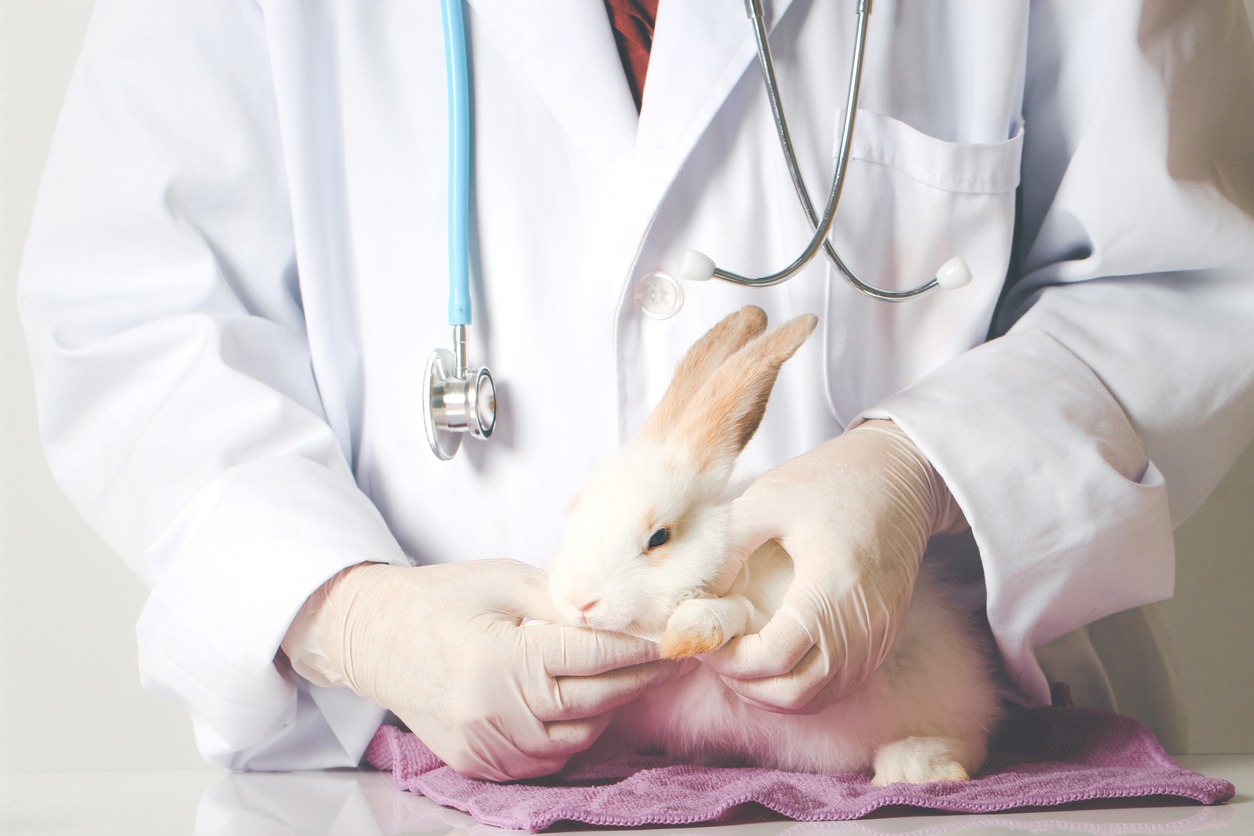
Keeping your rabbits healthy requires consistent attention and care:
- Cleanliness: Regularly clean cages and food/water containers to prevent illness. Use safe cleaning agents and avoid harsh chemicals that could harm your rabbits.
- Ventilation: Ensure proper airflow in their housing to reduce the risk of respiratory infections. Avoid overcrowding, which can exacerbate health issues.
- Health Monitoring: Watch for signs of illness, such as changes in appetite, abnormal droppings, or lethargy. Early detection is key to preventing outbreaks.
- Enrichment: Provide chew toys or dried leaves to satisfy their natural behaviors and reduce stress. A happy rabbit is a healthy rabbit!
- Vaccinations: Depending on your location, consider vaccinating your rabbits against common diseases like RHDV (Rabbit Hemorrhagic Disease Virus).
Proactive care is key to maximizing their growth and productivity.
Processing and Meat Yield
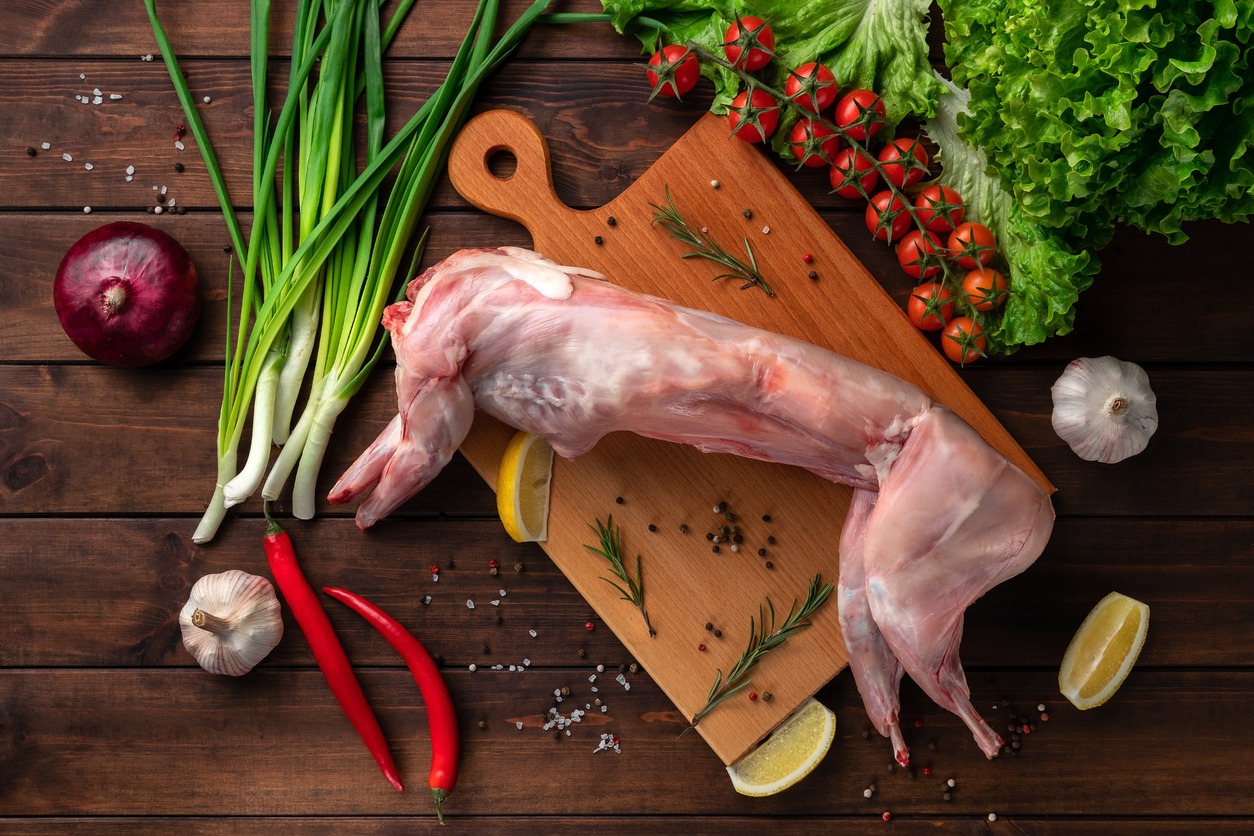
Processing your rabbits is a crucial part of raising them for meat.
- Humane Processing: Always prioritize humane methods for dispatching rabbits. Research proper techniques, such as cervical dislocation or stunning, to ensure a quick and ethical process.
- Yield: Rabbits yield about 55–65% of their live weight as meat. For example, a 5-pound rabbit will provide approximately 2.5–3 pounds of meat.
- Cooking Versatility: Rabbit meat is tender, flavorful, and versatile, easily substituting for chicken in recipes.
Consider using the entire carcass, including fur and bones, for crafts or stock, ensuring nothing goes to waste.
Sustainability and Environmental Impact
Raising rabbits is one of the most sustainable ways to produce meat:
- Low Resource Use: Rabbits require less land, water, and feed than larger livestock.
- Reduced Carbon Footprint: Their efficient feed conversion minimizes waste and environmental impact.
- Integration with Gardening: Using rabbit manure as fertilizer creates a closed-loop system, enhancing soil fertility while reducing waste.
Practical Tips for Beginners
Starting with rabbits is easier than you might think. Here’s how to get started:
- Begin with a small setup: one buck, two does, and a few cages.
- Learn as you go: Join online forums, watch videos, or connect with experienced rabbit farmers for advice.
- Stay consistent: Regular feeding, cleaning, and health checks are essential for success.
- Expand gradually: Once you’re confident in your routine, scale up to increase production.
Conclusion
Raising rabbits for meat is a rewarding, sustainable practice that offers lean, healthy protein for your family while reducing your environmental footprint. With proper care, efficient breeding, and attention to detail, you can enjoy a steady supply of high-quality meat right from your backyard.
Why not take the first step today? Start small, learn as you go, and discover the joys of raising rabbits for meat!

